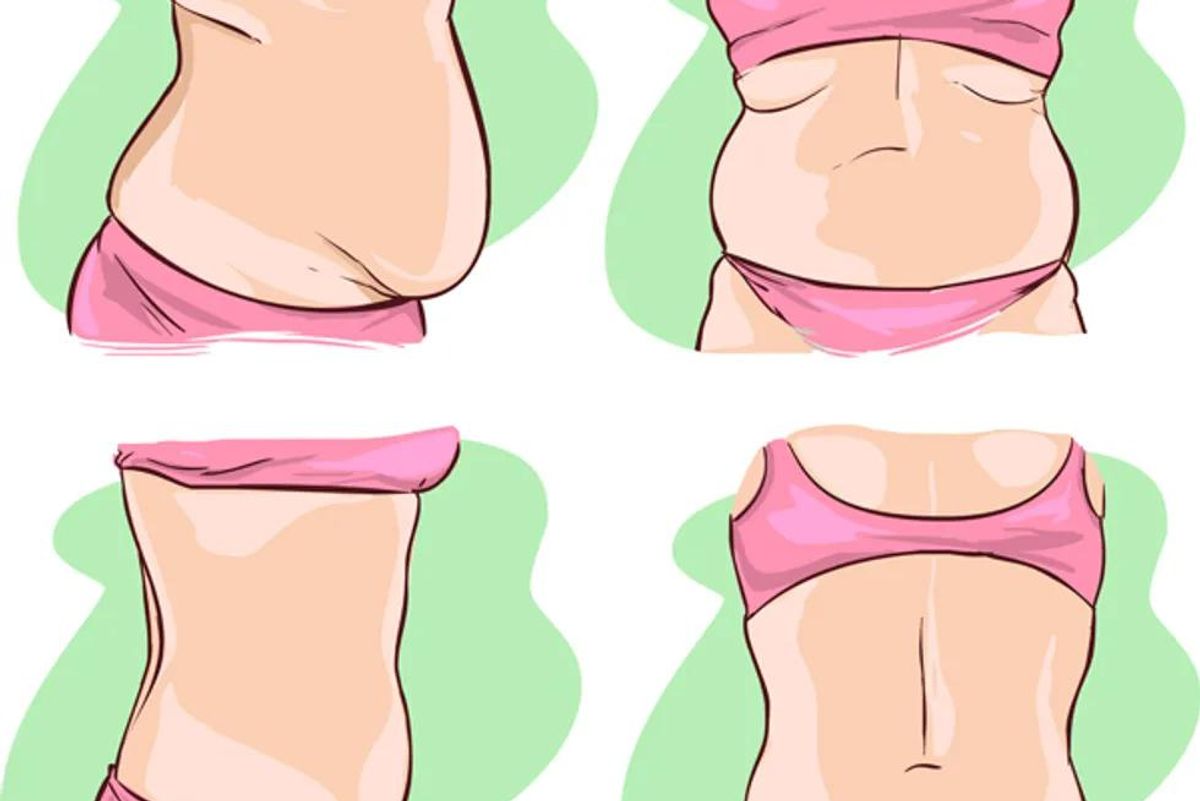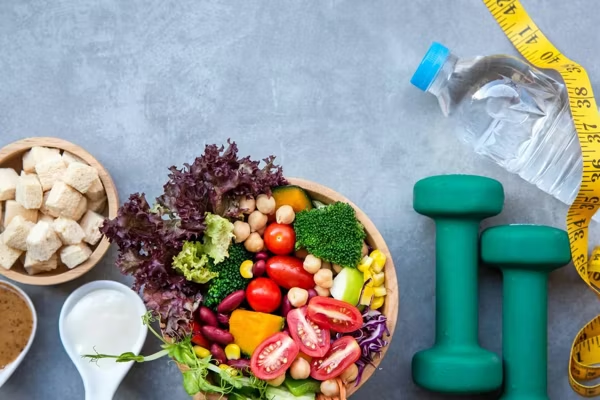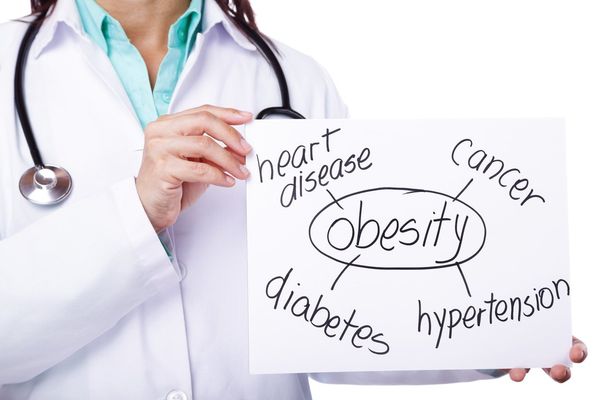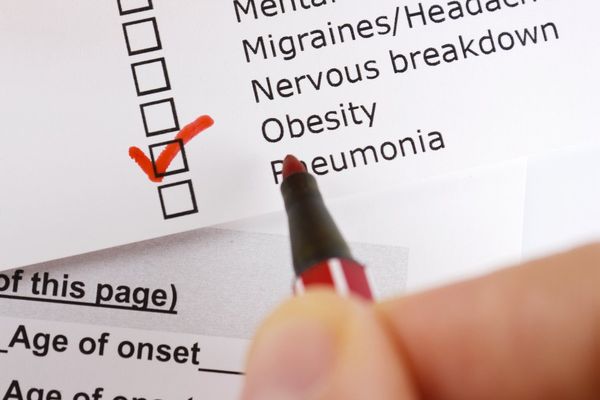Belly fat. The words alone may make you cringe. Most people don't really want it. But it can be tricky to lose.
Why do we have it in the first place? Sometimes, belly fat is just par for the course as we get older. That's especially the case after menopause, when your body fat is prone to shifting to the belly (due to decreasing estrogen levels). The Mayo Clinic also says that your fat increases as you age while your muscle mass decreases. Less muscle mass means the rate your body uses calories lowers. And that makes it hard to beat belly fat.
If you eat more calories than you burn through exercise and everyday activities, then you'll put on pounds, some of which will likely accumulate around ''Your expanding waistline may be partially beyond your control. Having an apple shape (carrying or gaining weight around the waist) instead of a pear shape (carrying or gaining weight in the hips) may be linked to genetics.
Health risks
Conquering belly fat isn't just about fitting into your favorite jeans. Research shows that belly fat poses some serious health risks. That's because belly fat isn't just that extra layer of padding below the skin (subcutaneous fat), says the Mayo Clinic. It also includes visceral fat, which surrounds your internal organs and lies deep inside your abdomen. This visceral fat can lead to health issues like colorectal cancer, type 2 diabetes and cardiovascular disease—even premature death.
Fear not. We're here with tips to help you battle the bulge.
Exercise
It's a no-brainer: Get that heart rate pumping. The Office of Disease Prevention and Health Promotion suggests that adults get at least 150 minutes a week of moderate-intensity exercise or 75 minutes a week of vigorous-intensity aerobic physical activity.
Examples of moderate-intensity exercises from the Office of Disease Prevention and Health Promotion include:
- bicycling under 10 mph
- ballroom dancing
- water aerobics
- brisk walking at 3 mph or faster
- doubles tennis
- gardening
Vigorous-intensity exercise examples include:
- singles tennis
- swimming laps
- jogging, running or racewalking
- bicycling 10 mph or more
- jumping rope
- continuous digging, hoeing or other heavy gardening that raises your heart rate
- hiking uphill or with a heavy backpack
- aerobic dancing
Just be sure to speak with your health care provider before starting a new fitness regimen.
Eat right
To help you lose belly fat, it's important that you eat healthfully. Fill up with vegetables and fruits (in a variety of colors) and whole grains (brown rice, oatmeal, whole-wheat pasta). Opt for low-fat dairy products and lean protein sources (fish, poultry, beans).
Watch your fats intake. That means going for polyunsaturated fats (in fare like salmon and other fatty fish, corn oil and olive oil) and monounsaturated fats (found in items like avocadoes, peanut butter and olive oil). These foods can benefit your body because they boast anti-inflammatory effects. Watch your intake of saturated fat, which is found in meat and high-fat dairy fare like butter and cheese.
Just remember that you can get too many calories by eating too much of anything, even good fats, so consume fats in moderation.
You also want to avoid processed, packaged foods. Limit your intake of refined grains (crackers, cookies, chips, white bread, pasta) and refined sugars (desserts, sweetened drinks).
Be sure to watch how much you eat when you're at home and dining out. To help determine portion sizes, the Cleveland Clinic suggests comparing foods to common objects. For example, eat a handful of vegetables and fruits or a small handful of nuts. A serving of fish, meat or poultry should be about the size of a deck-of-cards. MyPlate.gov suggests making half your plate fruits and vegetables, one-quarter grains and one-quarter protein.
You can also serve meals on smaller plates. That way you'll eat less, but your plate will look full.
When dining out, follow the tried-but-true trick of eating half your meal and bringing the leftovers home. Or order an appetizer and split a main course with your companion.
Looking to make easy and healthy fare? You'll find tons of healthy recipes on our site. From quick weekday meals to simple appetizers and delicious desserts, you'll love our recipes.
Stress less
Have you ever met a person who isn't stressed? Work, kids, finances. The list goes on and on for sources of stress for just about everyone. Whatever the cause may be, stress can make it more difficult for you to lose belly fat. Why? We often opt for unhealthy foods when we're stressed. C'mon: Have you ever reached for a carrot when you're stressed? Most likely, no. You're not alone if you've dipped into the Halloween candy stash, no matter how old it may be. Plus, cortisol, the stress hormone, has been linked to more abdominal fat.
That's why it's important to keep your stress in check. Maybe you exercise or meditate. Perhaps socializing with friends or family helps you cool off. Do whatever you need to do to let off steam.
Get enough sleep
Be sure you get plenty of shut-eye. The amount of sleep needed to perform well and not be sleepy during the day varies. But the National Institutes of Health says that most adults need about seven to eight hours of quality sleep—that means uninterrupted—a night to reap a good night of Zzz's health benefits, which include cell growth and repair.







